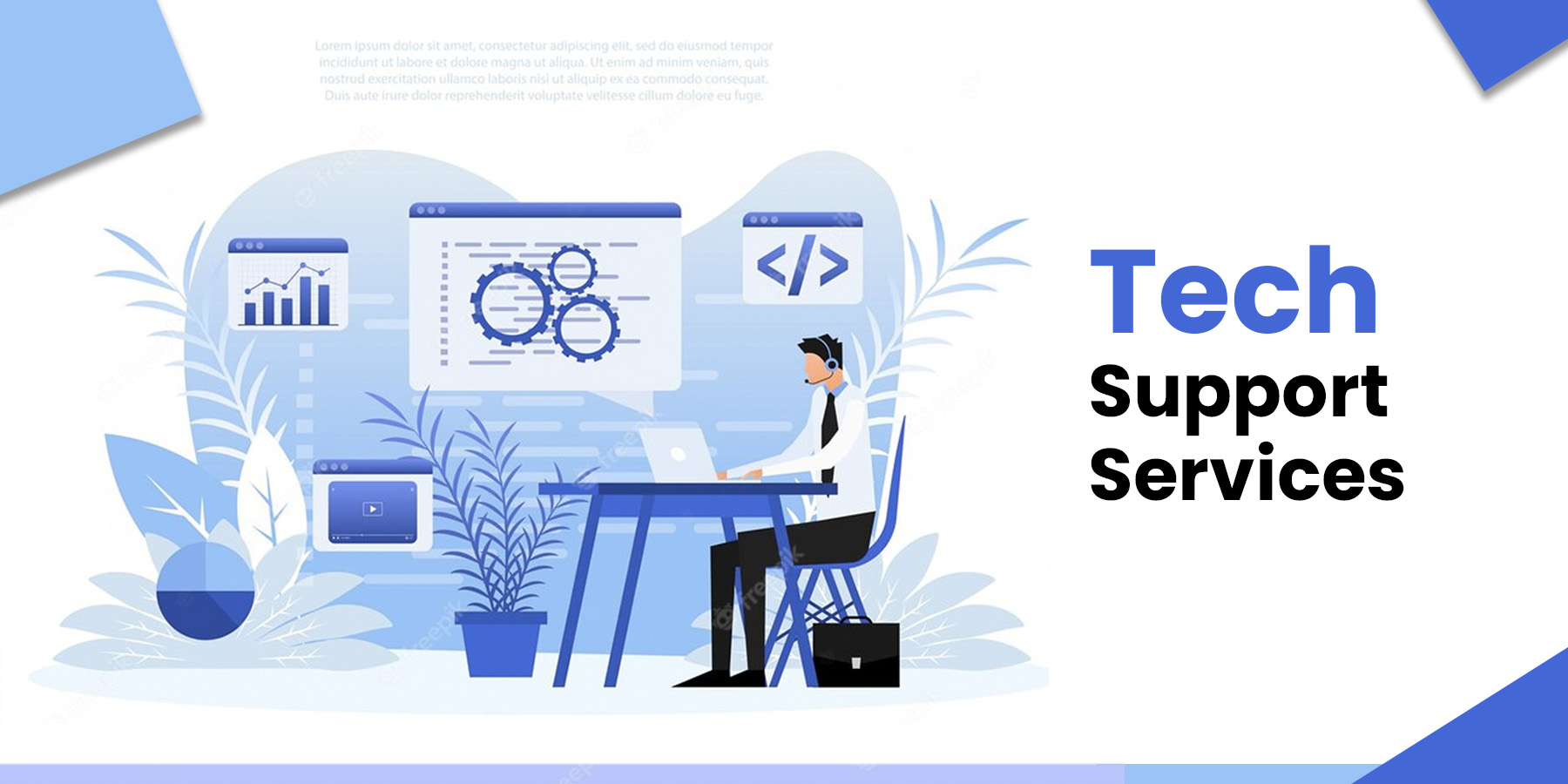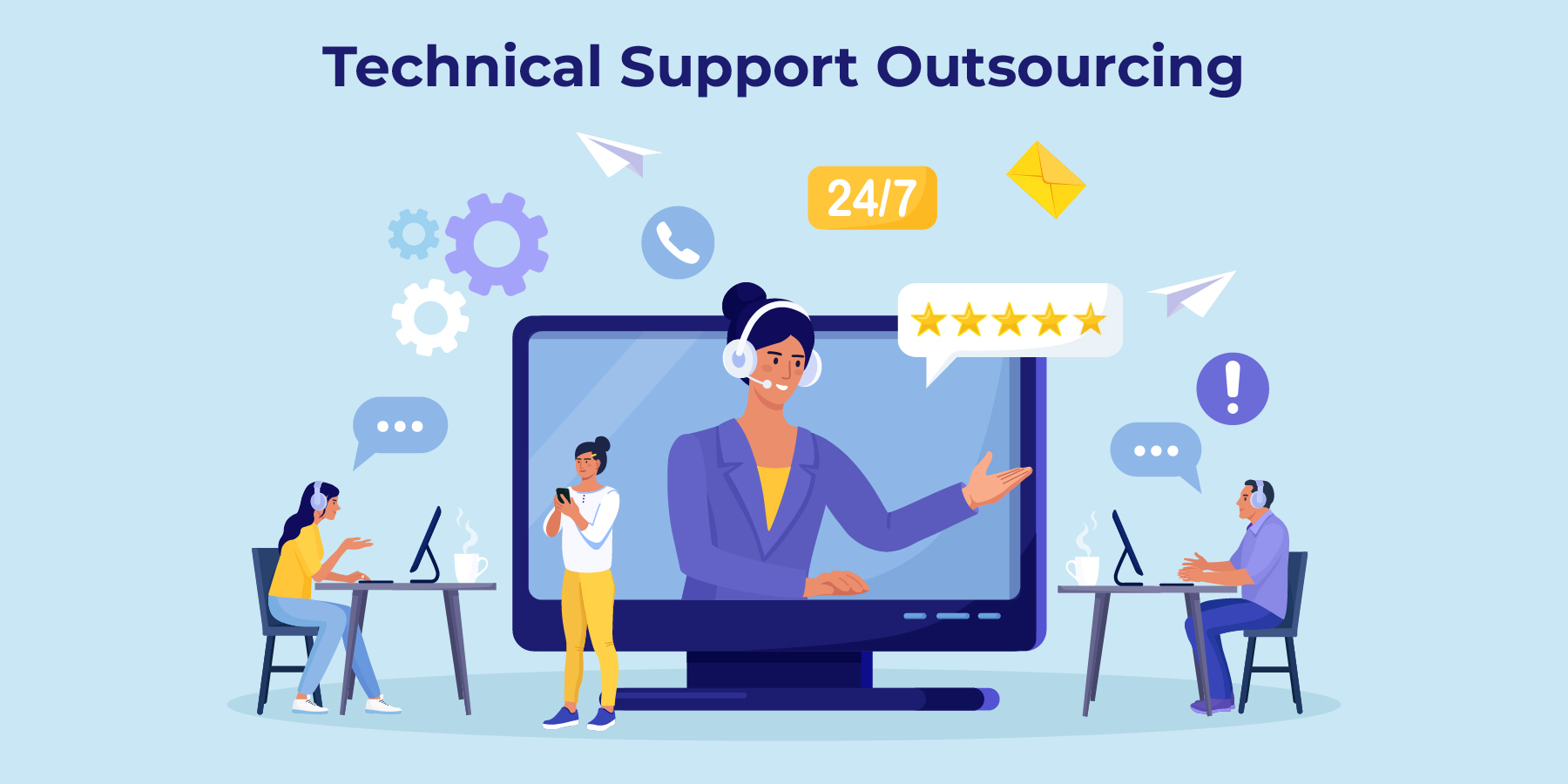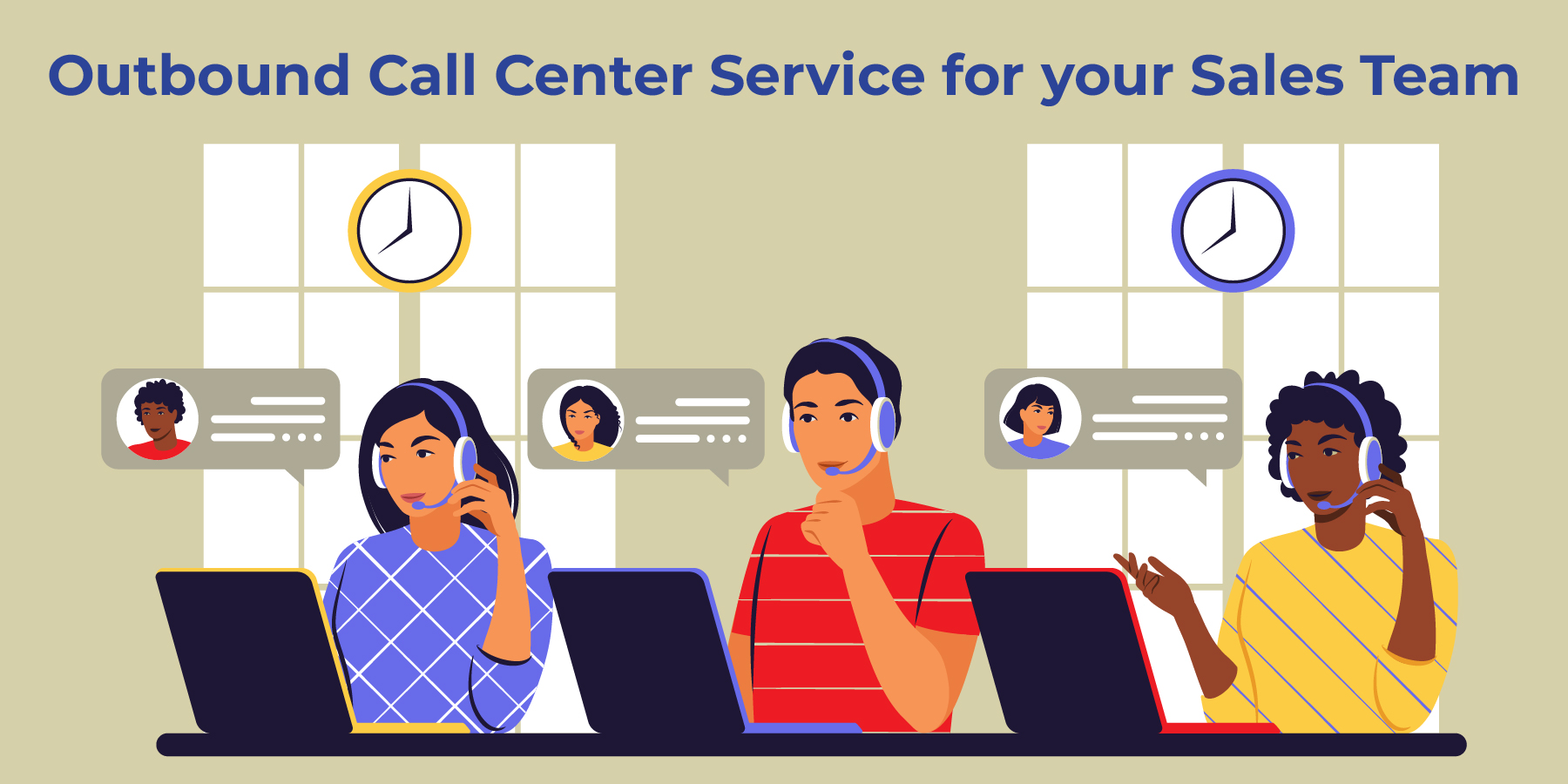As a gamer myself and having been around the block for years, I have seen the good, the bad, and the downright frustrating side of gaming. What keeps it running is fuelled by the technologies that drive its creative nature of game-making, combined with fine customer support. When such service is done right, what might have been a rage quit becomes a supportive experience that keeps players hooked and loyal. This blog is on general frustrations players face and the role of gaming customer support in dealing with those frustrations to positively impact the customer experience in gaming.
Table of Contents
1. Technical Glitches and Bugs
Gamers' most significant complaint is that games don't function technically correctly. Nothing worse for a severe gamer than being in a high-stakes game when glitches, crashes, or bugs suddenly appear. For instance, a 2023 survey from Statista revealed that 48% of the gamers surveyed claimed bugs and crashes as their most significant pain point.
Gaming customer service teams can help with quick answers. One approach that has stood out is an active support channel where players can report bugs in real-time. Many major companies do this, and players respond well to a good response time—it is not only Epic Games and Riot Games that quickly get back to the players concerning bugs, which is particularly beneficial in retaining the player base.
Here's how customer support can help resolve these issues:
- Dedicated Help Channels: Platforms like Discord or in-game chat allow players to report problems quickly. An engaged support team can even identify widespread issues early on.
- Detailed Knowledge Base: Offering articles and step-by-step solutions for common glitches can reduce ticket volumes and empower players to troubleshoot independently.
- Continuous Patches and Updates: Developers should work closely with customer support to deploy patches regularly based on reported bugs. They should acknowledge the issue and communicate a clear timeline for resolution.
2. Connectivity and Lag Issues
Every gamer's worst nightmare is connection issues and lag, especially in games requiring speed, where a single millisecond can mean life or death. According to Newzoo's 2023 report, poor connectivity and lag are the reasons for abandonment among 32% of the players.
In this regard, game customer service becomes critical in providing guidance and solutions to relieve such problems. The solution encompasses troubleshooting guides that will help optimize the internet, minimize network stress, and provide live support to the player through steps that reduce lag.
To improve player experience around connectivity, gaming companies can implement the following:
- Automated Speed Tests: Some support teams offer an option to test a player's connection speed in real time.
- Real-Time Server Status: Informing players about server health and updates helps manage expectations. Significant companies like Blizzard do this to keep players engaged and informed.
- 24/7 Technical Support: A reliable, around-the-clock support team can troubleshoot connectivity issues when players need it most.
3. Toxic Behavior and Harassment in Multiplayer Games
Online toxicity has unfortunately become a feature in gaming games, and it certainly is not within the definition of the experience of gaming as fun and social. Here's an example of how things have been: A 2022 Anti-Defamation League study found that 83% of adult gamers experienced harassment online.
This calls for stringent policies on harassment by gaming customer support and an efficient reporting mechanism. An example is Riot Games' "Report a Player" tool, through which players can report inappropriate behavior inside the game. What matters most is that customer support acts efficiently and transparently on this.
To address toxic behavior, gaming companies should consider:
- Clear Reporting Options: Gamers need an easy, one-click option to report offensive behavior. Clear and accessible reporting tools within the game can make a huge difference.
- Zero-Tolerance Policies: Support teams can educate players on the consequences of toxicity and ensure that offenders are dealt with promptly.
- Community Moderation: Some platforms allow veteran players to help moderate, creating a safer and more inclusive environment.
4. Game Balance and Unfair Bans
Uneven game balance and unfair banning are the other primary sources of frustration for gamers. A game's lack of proper balance leads to unbalanced games or ones that cannot be played moderately. For instance, according to a 2023 gaming survey by Quantic Foundry, 28% of the players said unbalanced gameplay usually caused them to quit some games.
Customer support can be very helpful by being meticulous about ban requests and keeping grounds fair and transparent. In Overwatch, players can use an entire appeals process if they feel that the admins wronged them by imposing the ban. An efficient appeals system will assure the players that things are indeed fair.
To handle these issues, companies can:
- Introduce an Appeals Process: Ensure that players have a chance to explain their side if they feel unfairly banned.
- Educate Players: Proactively share information about game rules and ban policies, reducing instances of accidental violations.
- Regular Balance Updates: Collaborate with game developers to address player feedback about game mechanics and maintain gameplay balance.
5. Limited Customer Support Availability
The most common frustration some of them experience is the restriction of hours for support. Worst, they are required to seek support, maybe in the dead of night, while playing through some hectic session, and when they search for such help, they will realize that it is not available. 42%, according to a Zendesk study, expect an urgent issue to be replied to in less than an hour.
Companies are also realizing that, and their services nowadays have 24/7 support or at least a highly advanced AI chatbot to help players at odd hours. Other gamers like Ubisoft and EA have developed comprehensive self-help resources where one can identify and solve most problems on one's own.
6. Role of Gaming Customer Support in Player Retention
Support is not only a fix-it tool; it's also one of the major retention tools. A 2022 survey by Forrester revealed that companies with good customer support have 70% chance of retaining customers over a long period.
Players are less likely to defect from a game if they enjoy the respect of being valued and supported. A company that makes customer support integral to the gaming experience sees happier players, higher retention, and in-game purchases.
Frequently Asked Questions (FAQs)
1. What are some of the significant functions of gaming customer service?
Gaming customer service helps to facilitate the resolution of gamer concerns. It debugs technical problems and maintains a friendly and warm atmosphere within the community by responding to complaints about toxic behavior.
2. How does video game customer support lead to an increase in player retention?
Gaming support services can create a feeling of worth to gamers through swift problem resolution and the engagement of continued play because of such loyalty.
3. Do all gaming firms have support available 24/7?
Although no game company offers support 24/7, many have robust self-help resources and chatbots that help players solve their concerns at all times.
Key Takeaways
In summary, it is evident that the gaming customer support system plays a big role in the satisfaction and loyalty of players when discussing how gaming customer support can address and resolve common gamers' frustrations. So here are three streamlined takeaways from today's insights:
- Address Technical and Connectivity Issues Promptly: Gaming companies need to offer dedicated support channels and self-help resources to tackle bugs, glitches, and connectivity problems, leaving players engaged and minimizing frustrations.
- Safe and Inclusive Gaming Community: Empower Your Customers Support Against Toxic Activities Implement access reporting options and community moderation strategies so the person playing feels there is respect and a positive gaming environment.
- Increase Player Retention through Gaming Customer Support: Great gaming customer service isn't just about solving problems—it engenders loyalty that increases in-game spending. Proper customer support policies are crucial to keeping an honest player base.
Let's see how each of these approaches can significantly change a game by transforming those furious moments into winning and interconnective satisfaction. Join the conversation: Share your thoughts and experiences in the comments!
Stay updated through the Wow Customer Support page on Facebook, and LinkedIn for more insight into the trends and strategies associated with customer support. Connect with us as we navigate the ever-changing sands of customer service in the gaming world!






























